By tourist on April 4, 2015
Chaves
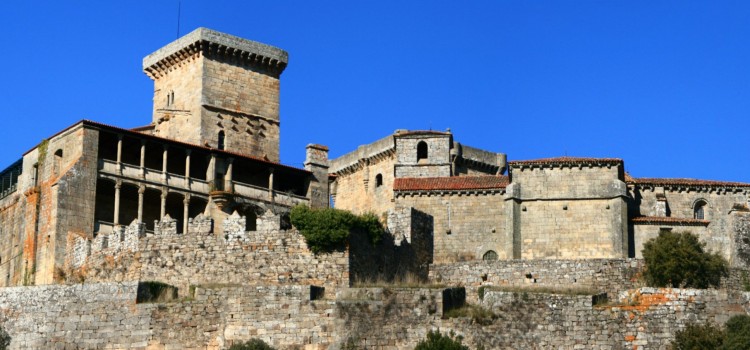
Castle of Monterrei (Monterrei) This fortified area, one of the most important in Galicia, was built over the site of an ancient hill-fort, which in the Middle Ages was converted into a fortress to safeguard the frontier. The area still contains the remnants of walls from this period, together with more modern parapets and bastions, […]
By tourist on April 4, 2015
Chaves
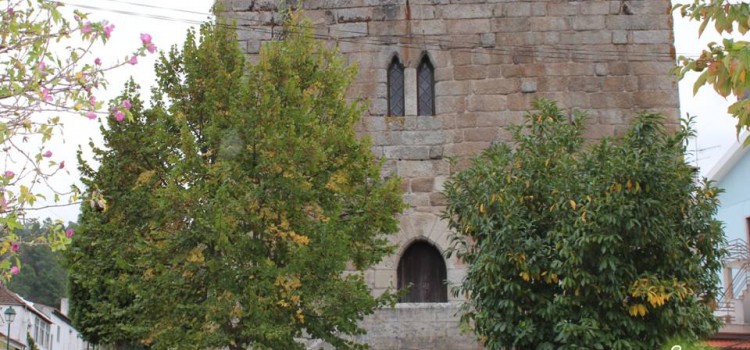
The castle of Santo Estêvão is in the parish of the same name, and still contains a defensive tower with battlements and narrow windows for archers, and which, together with the tower of the church in the same town, formed a defensive complex for the valley. In 1258, the population of Santo Estêvão received a […]
By tourist on April 4, 2015
Chaves
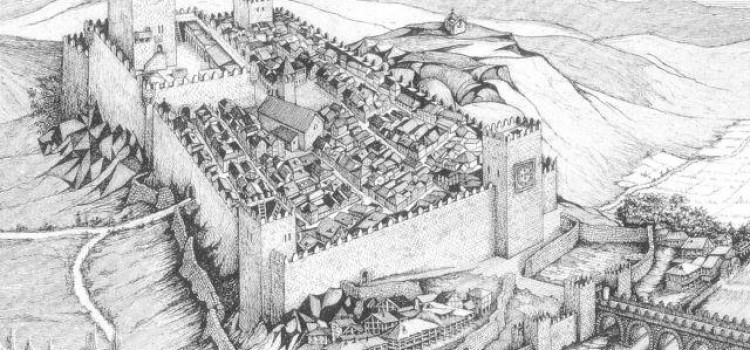
The castle of Monforte is situated in what was the former local council of Monforte de Rio Libre, and was built over the remains of a hill-fort in the twelfth century. Destroyed during the wars against León, it was rebuilt by Afonso III, who granted the walled fortifications a charter, transforming it into a town. […]
By tourist on April 4, 2015
Chaves, Heritage
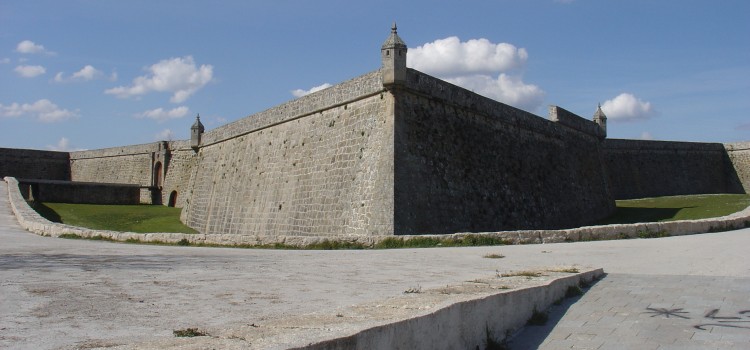
Fortress of São Neutel (Chaves) Two years after work finished on the fortress of São Francisco (1664), General Andrade e Sousa began work to the north of the city on a new fortress, separate from the defensive system of Chaves. Equally inspired by the defensive designs of the period, it has a similar appearance to […]
By tourist on April 4, 2015
Chaves
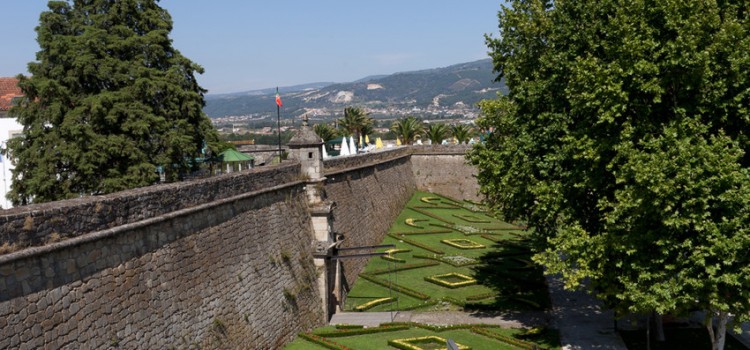
The fortress was built out of granite between 1658 and 1662 on the hill of A Pedisqueira, occupied since ancient times by a convent dedicated to St. Francis (1635) which was first given the name of San João da Veiga under the administration of the Knights Templar, until 1310. The Dukes of Bragança were the […]
By tourist on April 4, 2015
Chaves, Slider
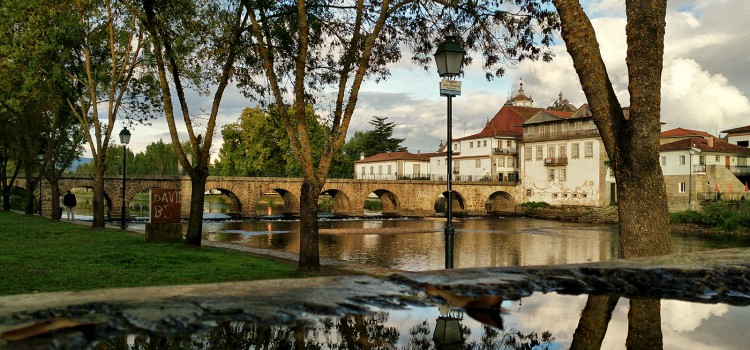
Chaves is a city and a municipality 10 km south of the Spanish border and 22 km south of Verín (Spain) in the north of Portugal. With origins in the Roman civitas Aquæ Flaviæ, Chaves has developed into a regional center. Artefacts discovered in the region of Chaves identify the earliest settlement of humans dating back to the Paleolithic. Remnants discovered in Mairos, Pastoria and São Lourenço, those […]
By tourist on April 4, 2015
Bragança, Ecotourism, Slider
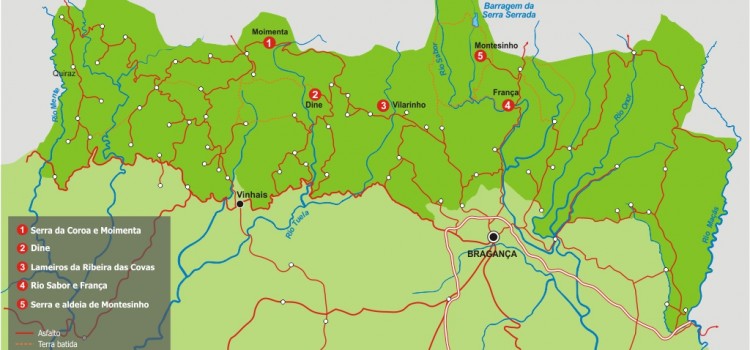
The Montesinho Natural Park is one of the largest protected areas in Portugal, extending for more than 75 000 hectares and with an altitude of 1500 meters. The vast forests create habitats for many species, including the wolf, boar and the golden eagle. Throughout the park, you can visit many villages that offer a fascinating […]
By tourist on April 4, 2015
Bragança, Slider
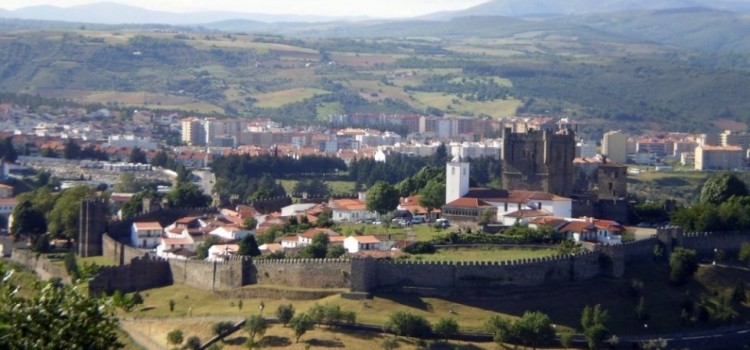
Citadel, Cidadela in Bragança Situated on a hill overlooking the city Our Lady of Sardão, this well-preserved citadel was built in the XII century by Benedictine monks. It was rebuilt and reinforced at the end of the fourteenth century, and within its walls are unusual buildings such as the imposing Domus Municipalis, the Church of Santa […]
By tourist on April 3, 2015
Mirandese language
Heritage, Heritage tourism, Miranda do Douro, Slider
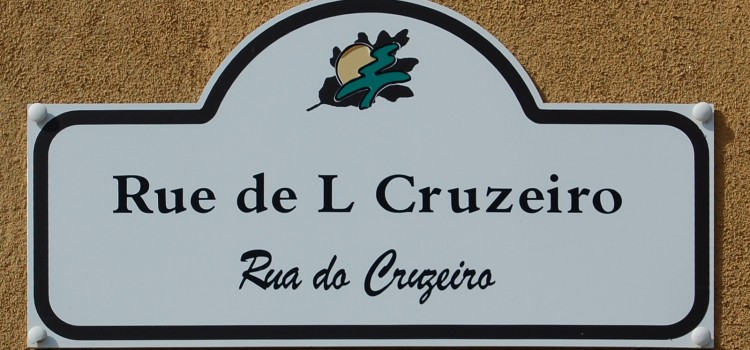
The Mirandese language (autonym: mirandés or lhéngua mirandesa; Portuguese: mirandês or língua mirandesa) is a Romance language belonging to the Astur-Leonese linguistic group, sparsely spoken in a small area of northeastern Portugal, in the municipalities of Miranda do Douro, Mogadouro and Vimioso. The Portuguese Parliament granted it co-official recognition (along with the Portuguese language) for local matters on 17 September 1998 with the law 7/99 of 29 January 1999. Mirandese has a distinct phonology, morphology and syntax, and has […]
By tourist on April 3, 2015
language, mirandese
Arts and Culture, Cultural tourism, Learn, Miranda do Douro, See
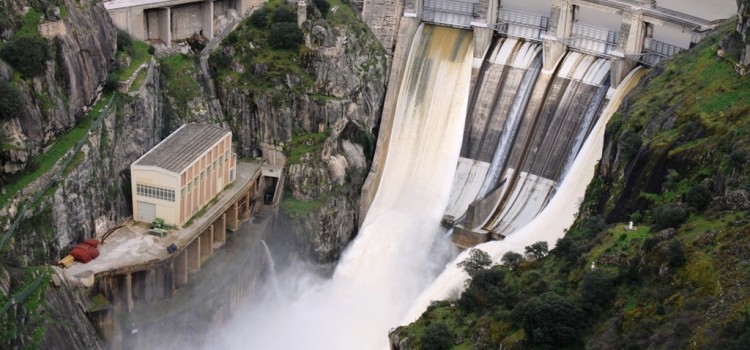
Picote is a typical transmontana village, situated in the Planalto Miranda, on top of the majestic cliffs of the Douro. Currently, also part of the Natural Park of the International Douro. The parish Picote is part of the county of Miranda do Douro, Bragança district, and is composed of two villages, Picote and Barrocal do Douro. Picote is known […]












